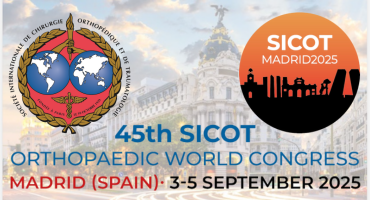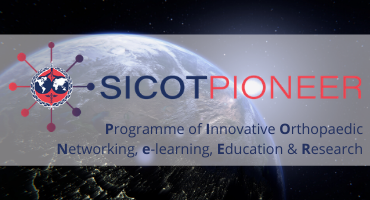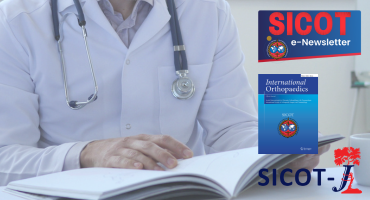J Bone Joint Surg Am. 2024 Aug 7;106(15):1384-1394. doi: 10.2106/JBJS.23.01203. Epub 2024 Jun 5.
ABSTRACT
BACKGROUND: This study aimed to identify implant positioning parameters and patient factors contributing to acromial stress fractures (ASFs) and scapular spine stress fractures (SSFs) following reverse shoulder arthroplasty (RSA).
METHODS: In a multicenter retrospective study, the cases of patients who underwent RSA from June 2013 to May 2019 and had a minimum 3-month follow-up were reviewed. The study involved 24 surgeons, from 15 U.S. institutions, who were members of the American Shoulder and Elbow Surgeons (ASES). Study parameters were defined through the Delphi method, requiring 75% agreement among surgeons for consensus. Multivariable logistic regression identified factors linked to ASFs and SSFs. Radiographic data, including the lateralization shoulder angle (LSA), distalization shoulder angle (DSA), and lateral humeral offset (LHO), were collected in a 2:1 control-to-fracture ratio and analyzed to evaluate their association with ASFs/SSFs.
RESULTS: Among 6,320 patients, the overall stress fracture rate was 3.8% (180 ASFs [2.8%] and 59 SSFs [0.9%]). ASF risk factors included inflammatory arthritis (odds ratio [OR] = 2.29, p < 0.001), a massive rotator cuff tear (OR = 2.05, p = 0.010), osteoporosis (OR = 2.00, p < 0.001), prior shoulder surgery (OR = 1.82, p < 0.001), cuff tear arthropathy (OR = 1.76, p = 0.002), female sex (OR = 1.74, p = 0.003), older age (OR = 1.02, p = 0.018), and greater total glenoid lateral offset (OR = 1.06, p = 0.025). Revision surgery (versus primary surgery) was associated with a reduced ASF risk (OR = 0.38, p = 0.019). SSF risk factors included female sex (OR = 2.45, p = 0.009), rotator cuff disease (OR = 2.36, p = 0.003), osteoporosis (OR = 2.18, p = 0.009), and inflammatory arthritis (OR = 2.04, p = 0.024). Radiographic analysis of propensity score-matched patients showed that a greater increase in the LSA (ΔLSA) from preoperatively to postoperatively (OR = 1.42, p = 0.005) and a greater postoperative LSA (OR = 1.76, p = 0.009) increased stress fracture risk, while increased LHO (OR = 0.74, p = 0.031) reduced it. Distalization (ΔDSA and postoperative DSA) showed no significant association with stress fracture prevalence.
CONCLUSIONS: Patient factors associated with poor bone density and rotator cuff deficiency appear to be the strongest predictors of ASFs and SSFs after RSA. Final implant positioning, to a lesser degree, may also affect ASF and SSF prevalence in at-risk patients, as increased humeral lateralization was found to be associated with lower fracture rates whereas excessive glenoid-sided and global lateralization were associated with higher fracture rates.
LEVEL OF EVIDENCE: Prognostic Level III. See Instructions for Authors for a complete description of levels of evidence.
PMID:40305832 | DOI:10.2106/JBJS.23.01203














